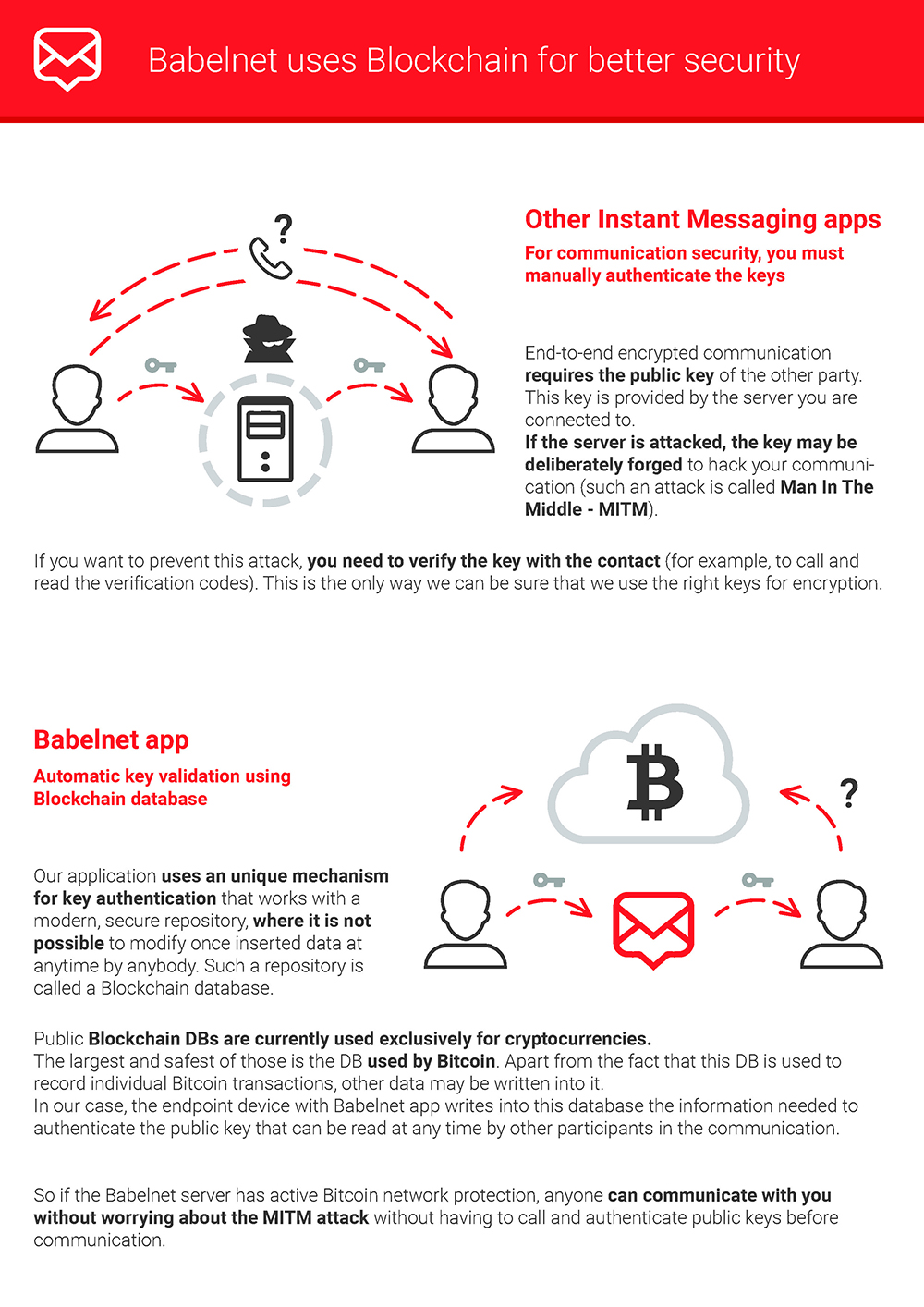


Embedding is used for document extraction in selected articles using.
WHO USES BABELNET PLUS
271 languages covered plus a novel language-agnostic setting! Wikipedia articles coherent with queries.
WHO USES BABELNET HOW TO
For more information please refer to the documentation below on how to install and run the software, as well as our website ( and Google group (. BabelNet 3.0 covers 271 languages and provides both lexicographic and encyclopedic knowledge for all the open-class parts of speech, including nearly 14 million concepts and named entities, thanks to the seamless integration of WordNet, Wikipedia, Wiktionary, OmegaWiki, Wikidata and the Open Multilingual WordNet. README - BabelNet API 34.0 (February 2018) This package consists of a Java API to work with BabelNet, a very large multilingual semantic network. Its performance on standard word sense disambiguation and entity linking tasks is on a par with, or surpasses, those of language- and task-specific state-of-the-art systems.īabelfy draws primarily on BabelNet ( ), a very large encyclopedic dictionary and semantic network. The system is based on a loose identification of candidate meanings coupled with a densest subgraph heuristic which selects high-coherence semantic interpretations. Overall, the most effective methods are Wu & Palmer and Adapted Lesk, which is widely used for Word Sense Disambiguation (WSD) in the field of Automatic Natural Language Processing (NLP).Babelfy is a joint, unified approach to Word Sense Disambiguation and Entity Linking in language of choice. for Linguistic Linked Data Generation: Multilingual Dictionaries (BabelNet).
WHO USES BABELNET LICENSE
In this article, we are interested to study algorithms that calculate the semantic similarity by using Adapted Lesk algorithm, Wu & Palmer Algorithm, Resnik Algorithm, Leacock and Chodorow Algorithm, and similarity flooding between two ontologies and BabelNet as reference ontology, we implement them, and compared experimentally. Data should be openly license using licenses such as the Creative Commons. This domain imposes several challenges, among them, the selection of appropriate similarity measures to discover the correspondences. This discipline is a crucial task to solve problems merging and evolving of heterogeneous ontologies in applications of the Semantic Web. Ontology matching is a discipline that means two things: first, the process of discovering correspondences between two different ontologies, and second is the result of this process, that is to say the expression of correspondences.


 0 kommentar(er)
0 kommentar(er)
